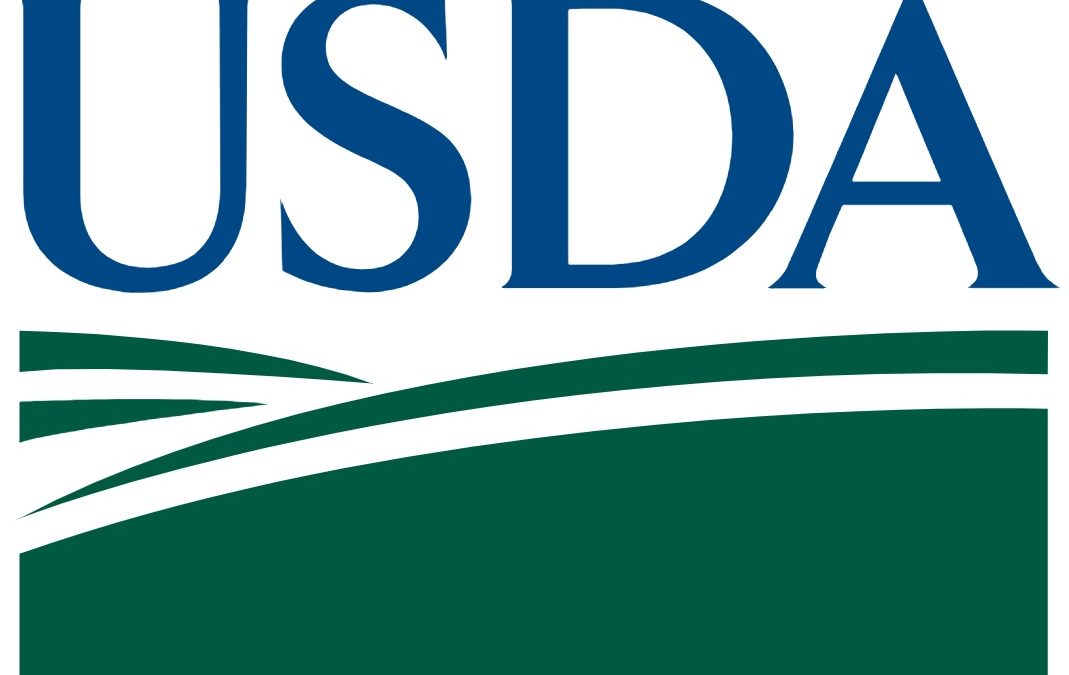The U.S. Department of Agriculture’s (USDA) Farm Service Agency (FSA) today announced changes for emergency haying and grazing use of acres enrolled in the Conservation Reserve Program (CRP). This includes changes outlined in the 2018 Farm Bill that streamline the authorization process for farmers and ranchers.
“Drought conditions are tough for our livestock producers, but emergency haying and grazing use of Conservation Reserve Program acres may provide some temporary relief,” said Nancy Johner, State Executive Director in Nebraska. “Thanks to a streamlined authorization process, Nebraska producers will be able to more quickly obtain emergency use approval to begin emergency haying or grazing of CRP acres.”
Program Changes
Previously emergency haying and grazing requests originated with FSA at the county level and required state and national level approval. Now approval will be based on drought severity as determined by the U.S. Drought Monitor.
To date, 18 counties in Nebraska have triggered eligibility for emergency haying and grazing on CRP acres. A list by state and map of eligible counties are updated weekly and available on FSA’s website.
Producers located in a county that is designated as severe drought (D2) or greater on or after the last day of the primary nesting season (July 15) are eligible for emergency haying and grazing on all eligible acres. Additionally, producers located in counties that were in a severe drought (D2) status any single week during the last eight weeks of the primary nesting season may also be eligible for emergency haying and grazing unless the FSA County Committee determines that forage conditions no longer warrant emergency haying and grazing.
Counties that trigger for Livestock Forage Disaster Program (LFP) payments based on the U.S. Drought Monitor may hay only certain practices on less than 50% of eligible contract acres. Producers should contact their local FSA county office for eligible CRP practices.
Producers who don’t meet the drought monitor qualifications but have a 40 percent loss of forage production may also be eligible for emergency haying and grazing outside of the primary nesting season.
CRP Emergency Haying and Grazing Provisions
Before haying or grazing eligible acres, producers must submit a request for CRP emergency haying or grazing to FSA and obtain a modified conservation plan from the Natural Resources Conservation Service (NRCS).
Emergency grazing is authorized for up to 90 days and emergency haying is authorized for up to 60 days. Program participants must stop haying and grazing 30 days before the first freeze date in the fall based on the dates established for LFP.
Under the emergency grazing provisions, producers can use the CRP acreage for their own livestock or may grant another livestock producer use of the CRP acreage. The eligible CRP acreage is limited to acres located within the approved county.
For emergency haying, producers are limited to one cutting and are permitted to sell the hay. Participants must remove all hay from CRP acreage within 15 days after baling and remove all livestock from CRP acreage no later than 1 day after the end of the emergency grazing period. There will be no CRP annual rental payment reduction for emergency haying and grazing authorizations.
More Information
For more information on CRP emergency haying and grazing visit fsa.usda.gov/crp or contact your FSA county office. To locate your FSA office, visit farmers.gov/service-locator. For more disaster recovery assistance programs, visit farmers.gov/recover.
USDA’s Farm Service Agency (FSA) announced that organic producers and handlers can apply for federal funds to assist with the cost of receiving and maintaining organic certification through the Organic Certification Cost Share Program (OCCSP). Applications for eligible certification expenses paid between Oct. 1, 2019, and Sept. 30, 2020, are due Oct. 31, 2020.
“For producers producing food with organic certification, this program helps cover a portion of those certification costs,” FSA Administrator Richard Fordyce said. “Contact your local FSA county office to learn more about this program and other valuable USDA resources, like farm loans and conservation assistance, that can help you succeed.”
OCCSP provides cost-share assistance to producers and handlers of agricultural products for the costs of obtaining or maintaining organic certification under the USDA’s National Organic Program. Eligible producers include any certified producers or handlers who have paid organic certification fees to a USDA-accredited certifying agent. Eligible expenses for cost-share reimbursement include application fees, inspection costs, fees related to equivalency agreement and arrangement requirements, travel expenses for inspectors, user fees, sales assessments and postage.
Changes in Reimbursement
Due to expected participation levels and the limited funds available, FSA revised the reimbursement amount available through fiscal year 2023. Certified producers and handlers are now eligible to receive reimbursement for up to 50 percent of the certified organic operation’s eligible expenses, up to a maximum of $500 per scope.
This change will allow a larger number of certified organic operations to receive assistance. If Congress authorizes additional funding, FSA may provide additional assistance to certified operations that have applied for OCCSP, not to exceed 75 percent of their eligible costs, up to $750 per scope.
More Information
To learn more about organic certification cost share, please visit the OCCSP webpage, view the notice of funds availability on the Federal Register, or contact the FSA county office at your local USDA Service Center. All USDA Service Centers are open for business, including some that are open to visitors to conduct business in person by appointment only. All Service Center visitors wishing to conduct business with FSA, Natural Resources Conservation Service or any other Service Center agency should call ahead and schedule an appointment. Service Centers that are open for appointments will pre-screen visitors based on health concerns or recent travel, and visitors must adhere to social distancing guidelines. Visitors may also be required to wear a face covering during their appointment.
To learn more about USDA support for organic agriculture, visit usda.gov/organic.

